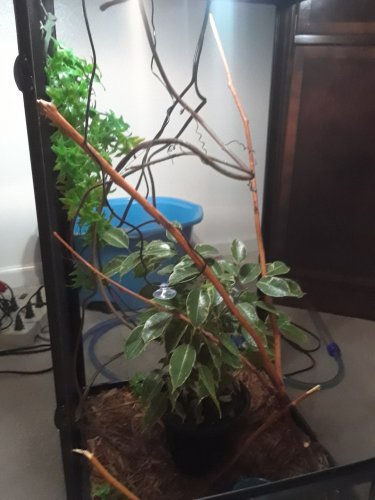momabeans17
New Member
Hello, yesterday I brought home my first chameleon (a baby veiled) along with the zoo med chameleon starter kit. I got a few more plants and things, but I've been having trouble with heating.
The day blue heat bulb the kit comes with gets to 118+ degrees, which is obviously way too high. I went and got a 40w bulb, but it still got over 100 degrees. I also tried lifting the lamp up, but then the temp only got to 78 degrees. So then I put in a normal 29w house light, and it STILL got too hot.
Is there anything else I can do without getting a rheostat? I will if I have to, but I'd prefer not to.
The day blue heat bulb the kit comes with gets to 118+ degrees, which is obviously way too high. I went and got a 40w bulb, but it still got over 100 degrees. I also tried lifting the lamp up, but then the temp only got to 78 degrees. So then I put in a normal 29w house light, and it STILL got too hot.
Is there anything else I can do without getting a rheostat? I will if I have to, but I'd prefer not to.


